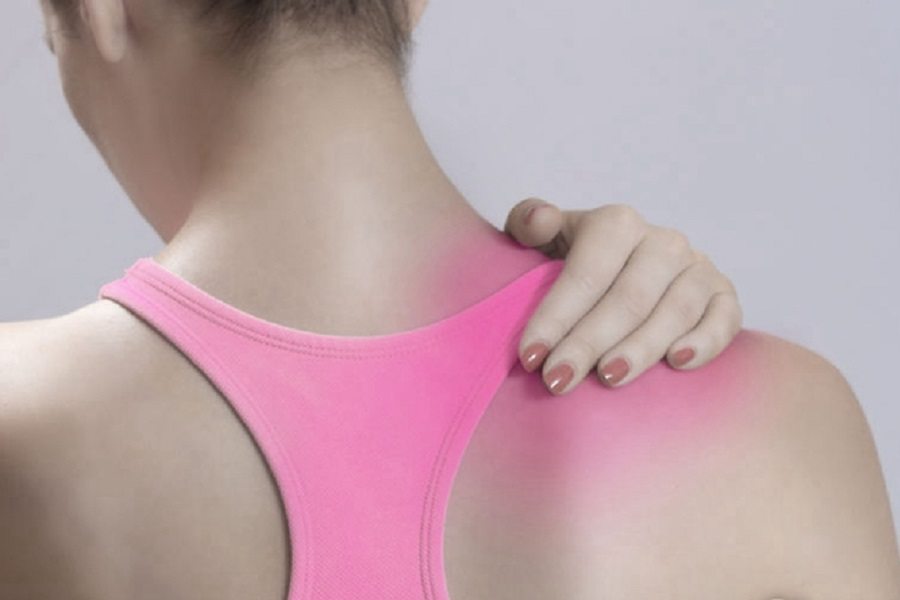For the back, many people ignore the exercise of this position, so how to exercise for the back?
25%~50% of our body shape is determined by our genes, which means that there is still a 50%~75% probability that you can change the appearance through your own efforts, and you can also have such a beautiful back. First of all, what are the muscles of our back?
Latissimus dorsi: The main function of the latissimus dorsi is to extend, adduct, and internally rotate the shoulder. The lats are involved in all pulls, whether it’s a horizontal pull (like a row) or a vertical pull (like a pull-up). Vertical pull-type movements are more intense on the lats.
Trapezius: This diamond-shaped muscle is very interesting. Its muscle fibers go in several different directions, and depending on which muscle fibers are recruited, it can perform several different movements. The most common trapezius training movements in the gym are for the upper part, and the main work of the upper part is to lift the scapula and clavicle. The main training movements are various shrugs. The smaller levator scapulae muscles also help lift the scapula. The function of the middle trapezius is (together with the rhomboids) to retract the scapula. All muscle fibers contract at the same time, which also helps retract the scapula. Finally, the function of the lower part of the trapezius is to depress the scapula (pull the scapula downward).
Teres major: internal rotation of the shoulder joint, adduction of the shoulder joint, and extension of the shoulder joint (in unresisted movements, it does not exhibit electrical activity, but during resistance movements, it is the prime mover), because this muscle The action on the arm is very similar to that of the latissimus dorsi, so it is called the “little assistant of the latissimus dorsi.”
Rhomboids: The rhomboids are deep muscle groups located between the shoulder blades. The main function is to adduct or retract the scapula (pull the scapula back). The rhomboids are actively involved in both vertical and horizontal pulls. Horizontal rowing stimulates the rhomboids more because the scapula retracts more.
Infraspinatus: Located in the infraspinatus fossa, part of the infraspinatus is covered by the deltoid and trapezius muscles. Originating from the infraspinatus fossa, the muscle bundle passes outward through the back of the shoulder joint and inserts in the middle of the greater tuberosity of the humerus. The function is to externally rotate the shoulder joint.
The erector spinae: Also known as the sacrospinalis muscle, including the iliocostalis, longissimus, and spinous muscles, it is the main muscle responsible for extending the trunk (making the back of the trunk close to the back of the legs). The erector spinae are actively involved in movements such as deadlifts and goat pushups. “
How to have a perfect back line?
pull up
Grasp the pull-up bar with your backhand, with your hands shoulder-width apart (palms facing your body). Straighten your arms, bend your knees, and cross your feet. Keeping your upper body steady, pull your body up until your chin touches the pull-up bar. Contract the lats, then follow the same path back to the starting position.
cross pulley pull down
Grasp the high pull pulley ring handle attached to the pulley assembly. Kneel on the floor with your back to the pulley unit and fully extend your arms so you can feel a stretch in your back muscles. The palms are forward and the lower back should be slightly arched. Keeping your body steady, pull the handle down and to your sides. Contract the lats, then reverse back to the starting position.


